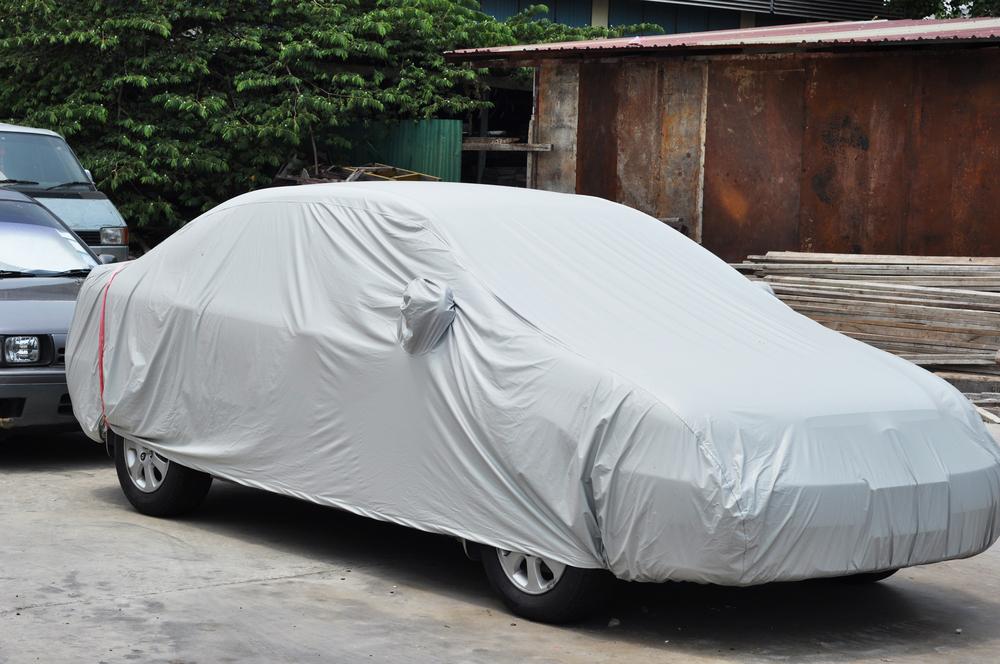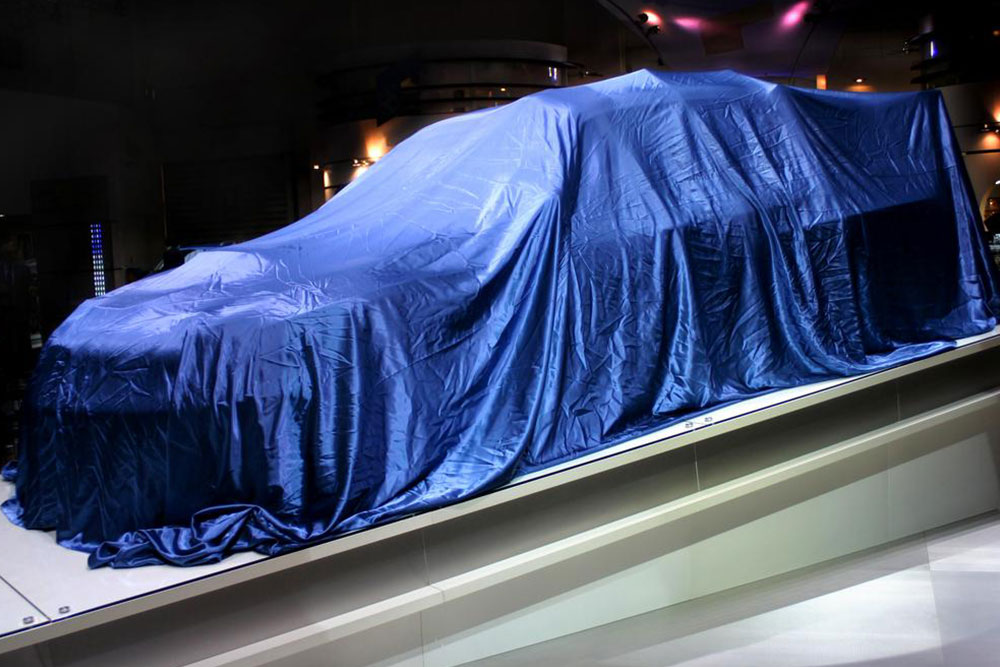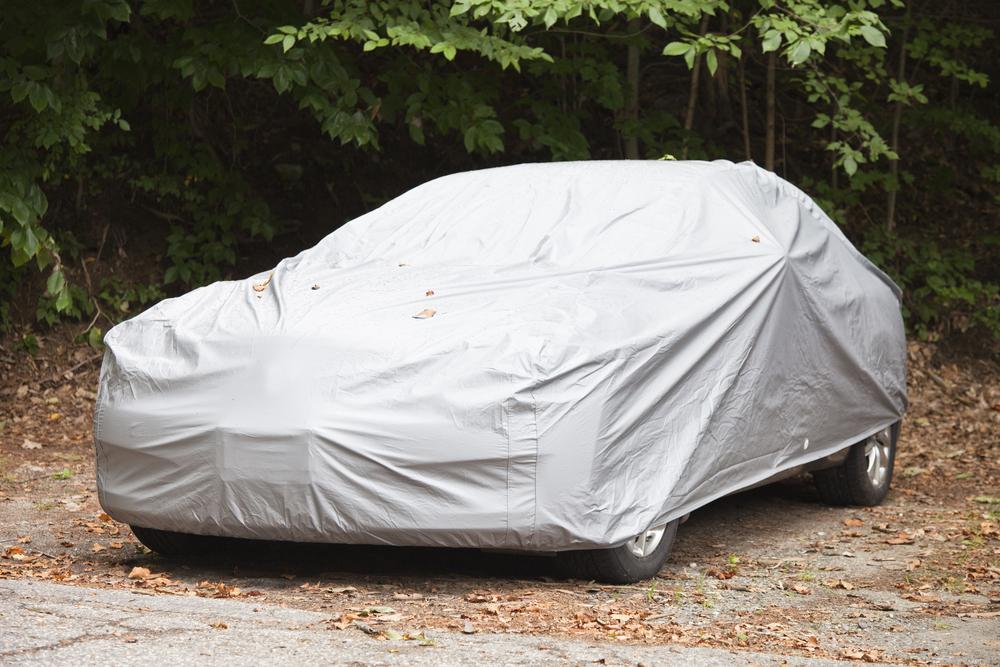The Ultimate Guide to Selecting the Perfect Car Cover for Optimal Vehicle Protection
Discover comprehensive tips on choosing the ideal car cover to protect your vehicle from the elements, dust, and damage. Learn about different types, materials, maintenance, and how to select a cover that offers maximum longevity and protection based on your environment and vehicle specifications. This guide helps car owners make informed decisions for long-term care and investment in vehicle protection technology.

The Ultimate Guide to Selecting the Perfect Car Cover for Optimal Vehicle Protection
How to choose the best car cover for your vehicle
Protecting your vehicle from environmental damage and maintaining its pristine condition requires selecting a high-quality car cover tailored to your specific needs. With countless options available in the market, understanding the key factors that influence your choice is essential. Elements such as your car’s make, local weather conditions, your parking environment—whether outdoor or indoor—your budget, and the features you prioritize all play significant roles. A well-informed decision ensures your car remains protected from the elements, scratches, dust, and other potential hazards over the long term.
Understanding the different types of car covers available
Among the most popular are water-resistant, waterproof, and cotton covers, each suited for different scenarios depending on where your vehicle is parked.
Waterproof and water-resistant covers are ideal for outdoor settings, providing protection against rain, snow, and humidity, while cotton covers are more suitable for indoor environments like garages.
Indoor covers tend to be more breathable, helping prevent moisture buildup and excessive heat retention, maintaining optimal conditions within enclosed spaces. Interestingly, outdoor covers can sometimes be used indoors if extra protection is needed.
Ensuring comprehensive protection for your vehicle
Your primary goal is to choose a cover that fully shields every part of your vehicle, including the roof, sides, and undercarriage, to protect against UV rays, dust, bird droppings, tree sap, and other pollutants.
Accurate measurement of your car's dimensions is crucial to selecting a cover that fits snugly without being too tight or loose, which could cause wear or allow debris to enter.
Opting for covers backed by manufacturer warranties provides added assurance of quality and durability. A high-quality cover with a lifespan of over seven years can lead to significant savings on maintenance costs over time.
Choosing the appropriate thickness and assessing environmental hazards
Identify the primary threats your vehicle faces—such as UV radiation, dust accumulation, moisture, and environmental pollutants—and select a cover designed specifically to mitigate these risks.
The thickness and weight of the cover influence its durability and ease of handling. Thicker, heavier covers offer better protection against harsh weather conditions like heavy rain, snow, or hail, but may require stronger mounting or securing mechanisms.
Breathable vs. waterproof covers: which should you pick?
Breathable covers allow moisture to escape from underneath, reducing the risk of rust, mold, and paint damage caused by trapped humidity.
Waterproof covers create a barrier against water but can trap moisture if not equipped with breathable vents, potentially leading to corrosion or mold growth inside the cover.
Maintenance tips to extend the lifespan of your car cover
Proper storage when the cover is not in use is vital; using a dedicated storage bag prevents dirt accumulation and damage.
Regular inspections and cleaning—removing dirt, dust, and debris—help maintain the cover’s appearance and functionality.
For enhanced security, especially for valuable or personalized covers, consider using locks or cable kits to prevent theft.
In conclusion, selecting the right car cover involves considering your vehicle's size, the environmental conditions it faces, and your budget. A properly fitted and quality-made cover provides maximum protection, prolongs your car’s lifespan, and reduces maintenance costs. Remember to choose a cover that matches your local weather patterns, fits your specific vehicle, and is easy to handle and maintain for long-term benefits.





